“To uplift art and promote good fellowship.”
– The Uplifters Club
It’s early afternoon in November of 1912. You’re traveling along 7th Street through Downtown Los Angeles, when suddenly, the road comes to a standstill; traffic has been blocked by disguised revelers, cars, coaches and even—are those elephants?
On this day, Los Angeles Athletic Club’s Good Fellowship committee hosted its inaugural High Jinks celebration—a commemoration of art, culture, mischief and fun. Due to its secrecy as a society, it was recommended that members arrive in costume, and if they didn’t, “spoilsports” were handed “dusters and straw hats” to wear, according to the club’s September 1913 issue of Mercury—a print magazine circulated to its members.
Los Angeles Athletic Club (LAAC) opened its doors to the city’s creative and professional clientele as L.A.’s first private club in 1880. It’s original initiation fee was only $5, with a $1 fee due each month. And during the early twentieth century, the members-only club boasted such elusive and famed members as Walt Disney, Clark Gable, Will Rogers, L. Frank Baum and Charlie Chaplin, who also resided at the club.
Notably (and perhaps notoriously), however, the athletic club was home to a secret society named The Joys, which then evolved into The Good Fellowship, and then ultimately splintered into The Uplifters Club—which persists today—where exclusive members participated in the appropriately-named High Jinks celebrations of comradery, creativity, amusement and imbibing. Baum, who authored The Wonderful Wizard of Oz, also created The Uplifters’ name, as well as wrote the society’s anthem (yes, they even had a song), which was named in honor of The Uplifters’ founder, Harry Marston Haldeman. One such High Jinks in 1913 was so boisterous that Haldeman decided to form a smaller, more exclusive group, which was when The Uplifters Club was born.


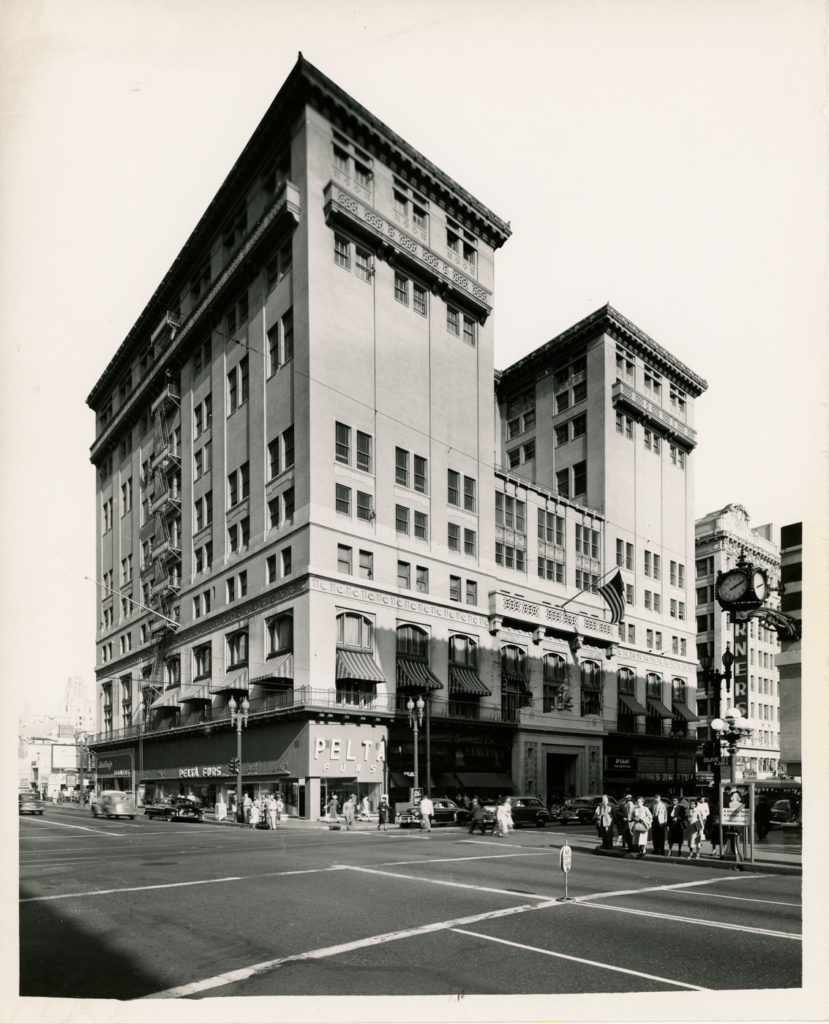
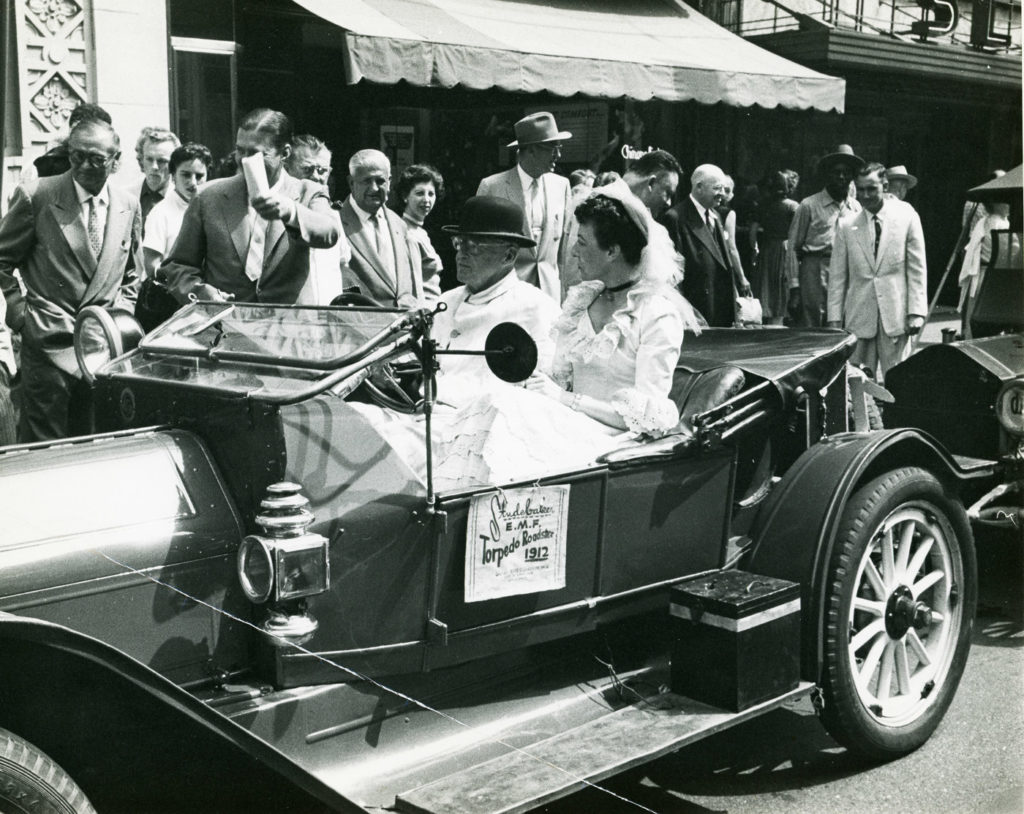
Members could not only be found networking, socializing and exercising, but creating literature and theater, while also partaking in the club’s innovative libations. While flipping through past issues of LAAC’s Mercury from 1913, you’ll discover a column by the club’s former head bartender, Ed Roberts, who kept spirits both high and flowing.
The mysterious Mr. Roberts was known as Los Angeles Athletic Club’s “liquid alchemist” according to Mercury, which featured a selection of his original concoctions. One column’s subheading states, “Ed Roberts, in charge of this department of L.A.A.C., submits some recipes which have been tested and found as satisfying as they sound alluring.” Some cocktails were named for or were inspired by members or politicians—like the Patterson or Garbutt cocktails, or the Bryan Punch—while others were twists on classics like the martini, mint julep, or Manhattan.
Roberts, according to Mercury, “has been putting in no small amount of his spare time concocting new and ravishing beverages which can be had nowhere excepting in L.A.A.C. or possibly at one or two high class hotels which recruit their forces from L.A.A.C. trained men.” Judging by this recollection, ghosts of Roberts’ influence are felt in Los Angeles’ cocktail culture to this day.
One such Roberts’ creation was the Frank Young Cocktail.
Francis Wilson “Frank” Young was a beloved patron of Roberts’ bar and was well-liked amongst club members. He was a Los Angeles native, an architect who studied under his father, a “well-known Clubman,” as stated in his obituary, as well as a member of the Uplifters’ society.

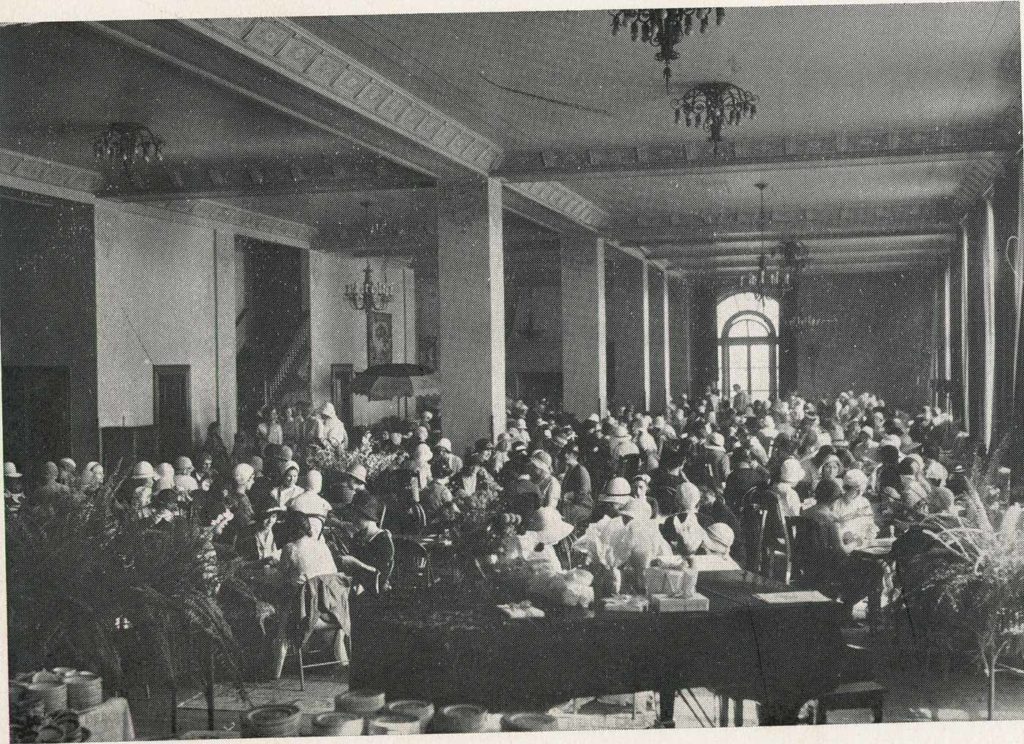

As part of that initial clandestine celebration held in November of 1912, it was decided that one member would be crowned mayor of the event.
The event’s winner? None other than Frank Young, of course—the first official Mayor of The Good Fellowship club.
Leading up to the event, votes for the mayor were cast at Roberts’ bar. Mercury’s September issue states that “Frank Young was elected mayor by a wide margin after all the votes—cast over a period of weeks by bar patrons—had been counted.” After the polls had closed, “the celebrants poured into the gymnasium for the inauguration of the mayor and the accompanying festivities.”
Unfortunately, Young passed away six years later on November 24, 1918, at the age of thirty-one after suffering from pneumonia caused by influenza. Judging by the time of year during 1918, this likely could have been the rapidly spreading Spanish flu; Los Angeles would have been in the throes of this tragic pandemic at the time.
So in honor of LAAC’s historical penchant for imbibing and love of good health and good fun, of the esteemed Mr. Young who embodied what it meant to be young, and the spirited and spirits-gifted Mr. Roberts, we’re including a modern-day reimagination of the Frank Young Cocktail.
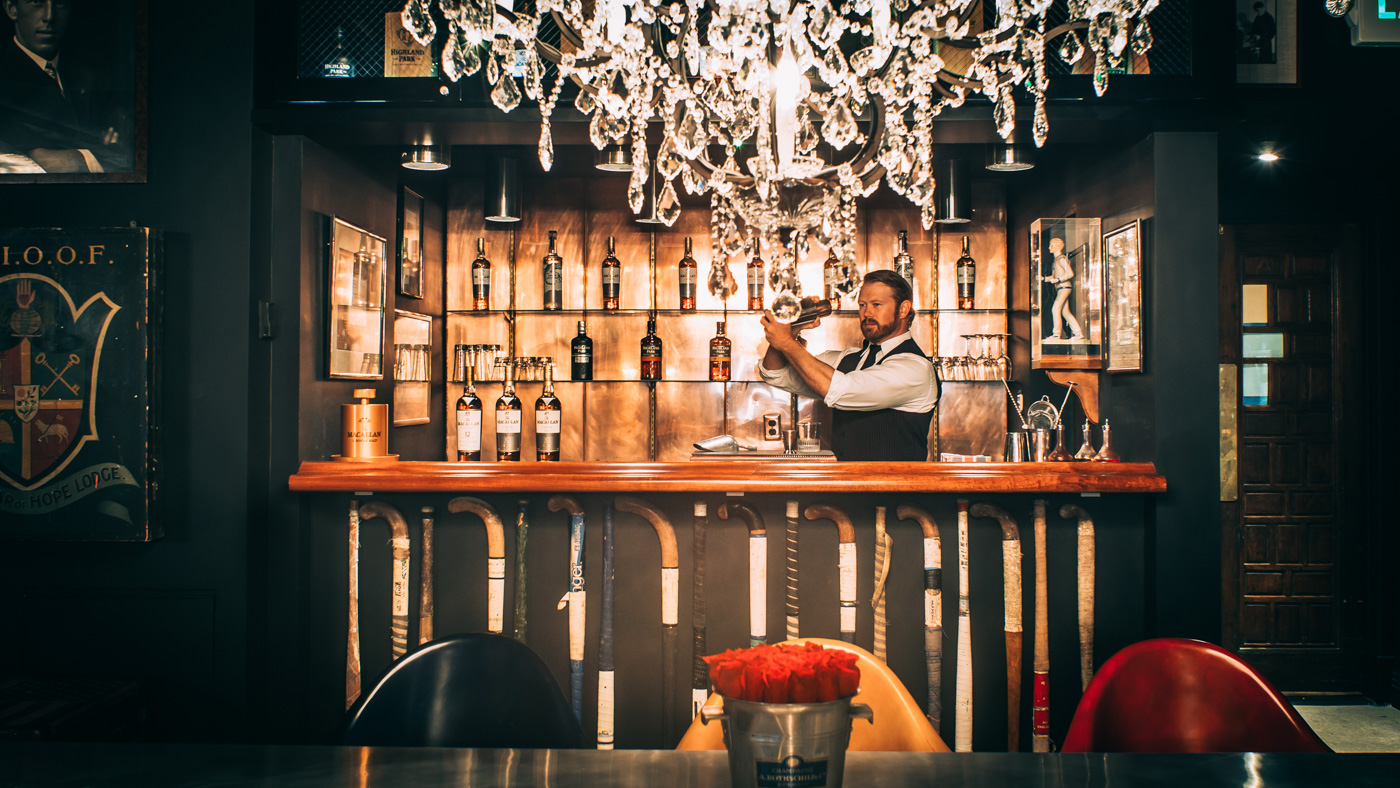
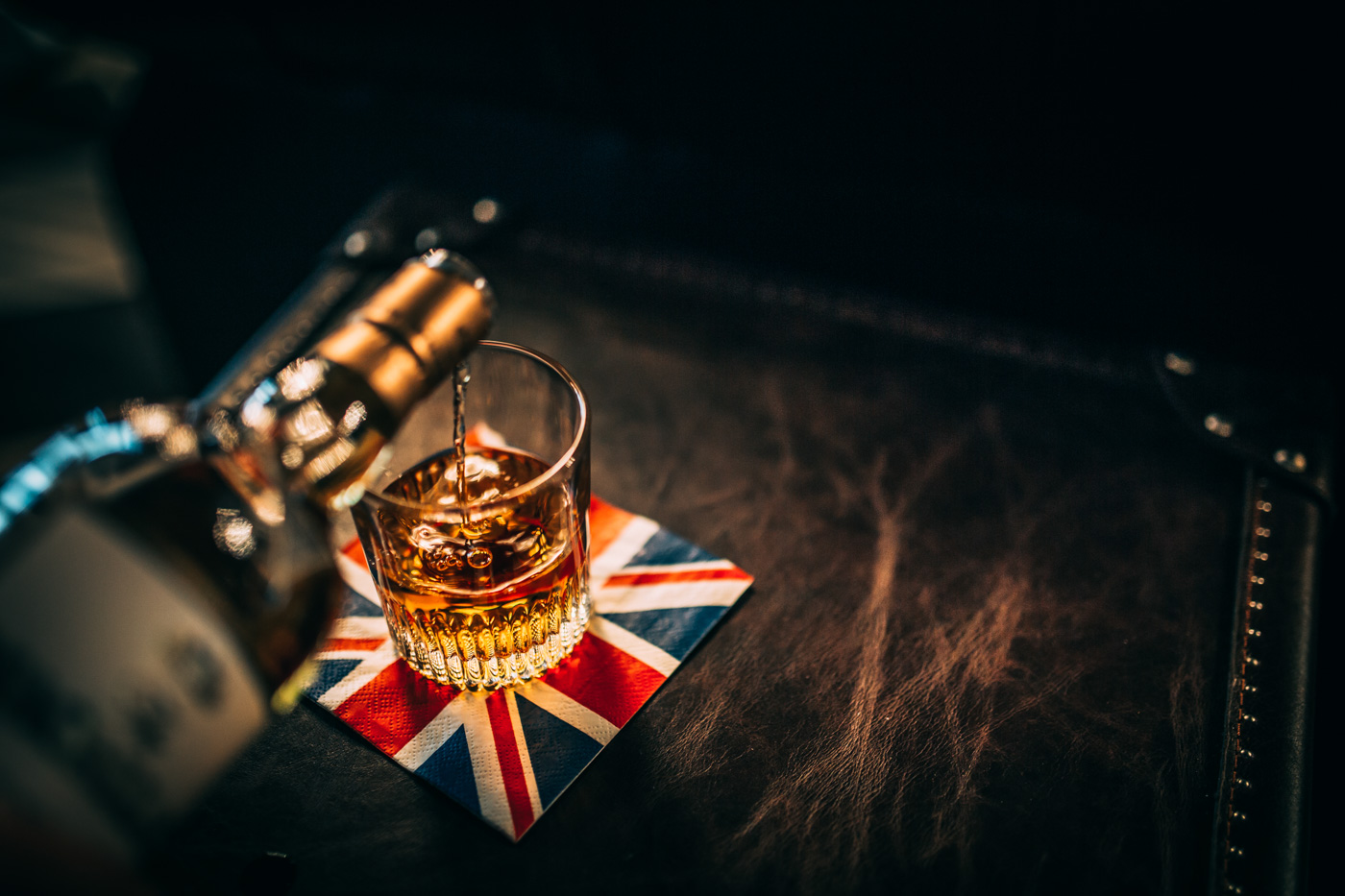
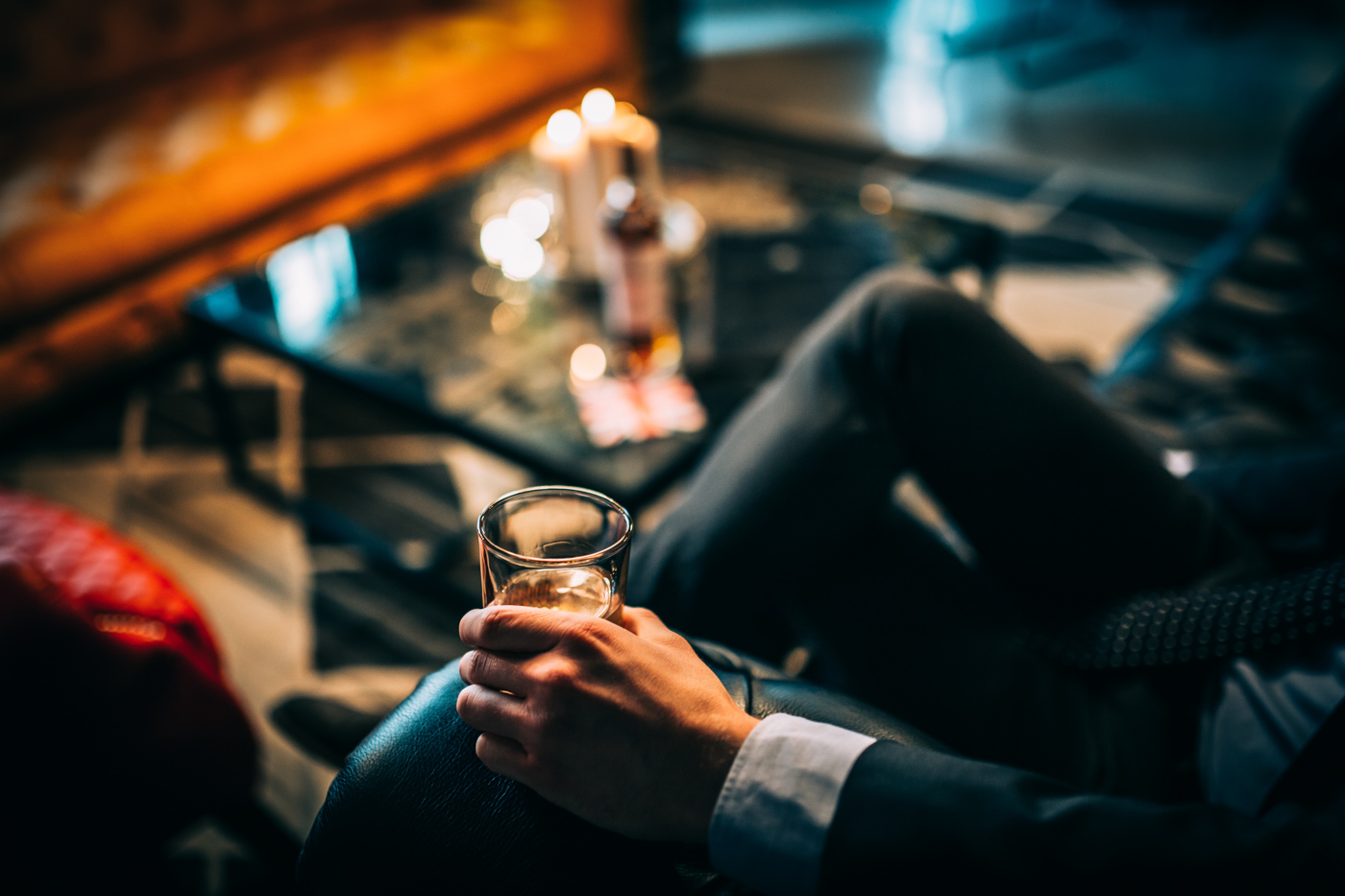
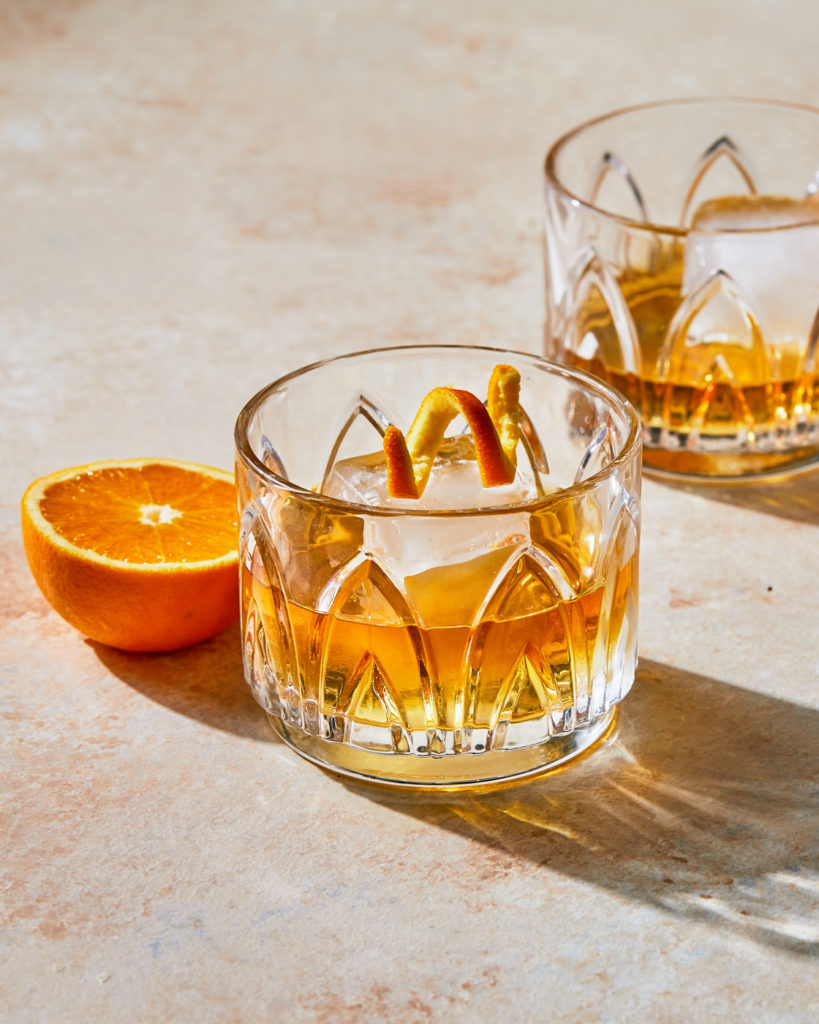
Frank Young Cocktail (1913):
By Ed Roberts
“The Frank Young cocktail, like the man it is named after, is a whizzer, easy to take, but with a lot of zip in it. It is the newest Roberts creation, and bids fair to capture the popularity contest. It is made of one-half benedictine, one-half sherry, orange bitters and orange peel. Stir.”
The Frank Young (2021):
By Candice Fox
Photography by Katrina Frederick
With tasting notes of chamomile, black tea, honey, citrus and vanilla, this reimagined cocktail is not overly sweet and is easily drinkable—dangerously so. The sherry cuts the sharpness of the cognac, while the orange adds a dash of a Southern California staple.
Ingredients:
- 3 oz. cognac
- 3 oz. sherry
- 3 dashes of blood orange bitters
Method:
Stir all together, and serve over ice. Garnish with a lemon or orange twist.
Archival photography courtesy of Los Angeles Athletic Club.





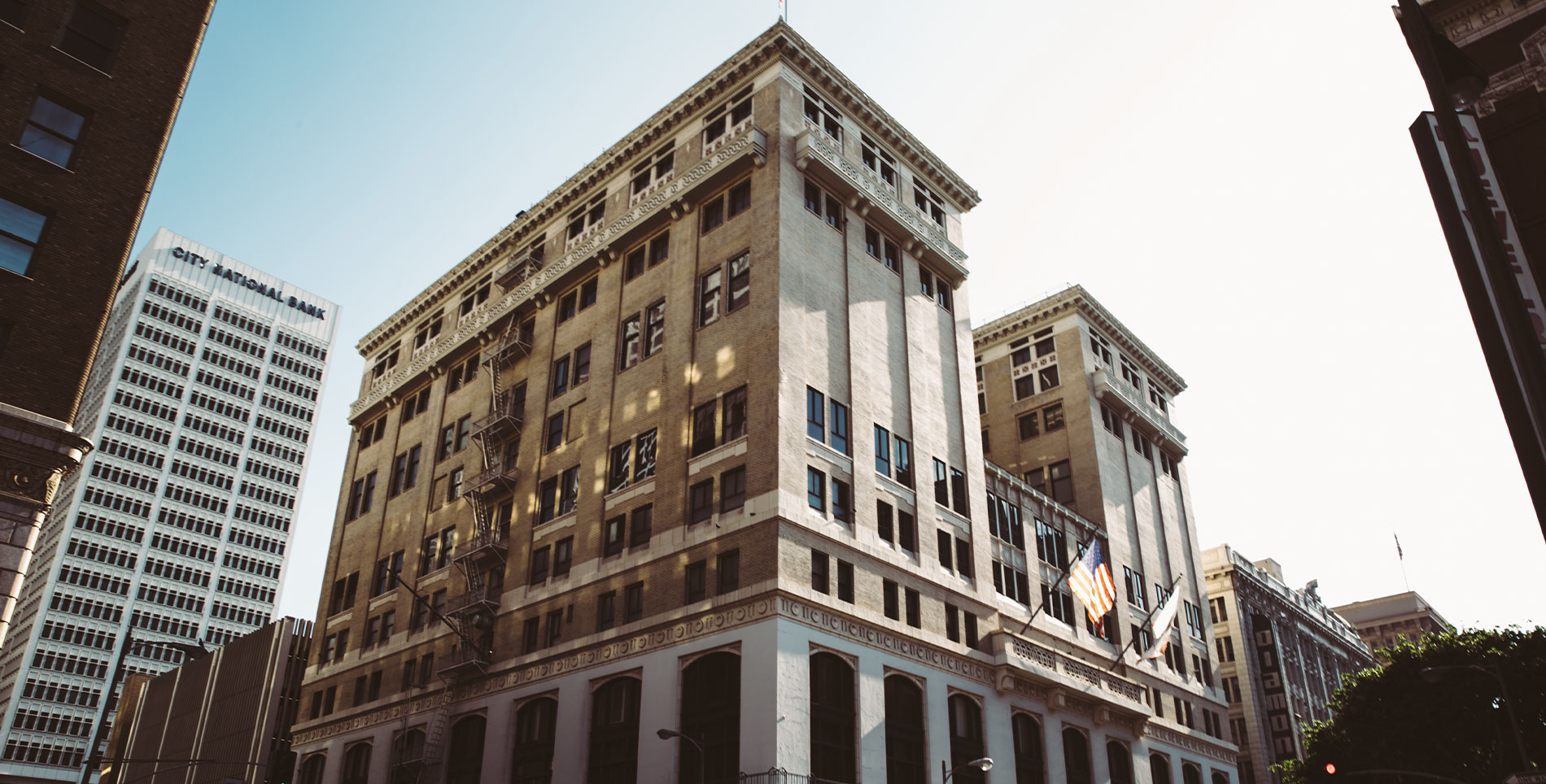

Our comments section is for members only.
Join today to gain exclusive access.